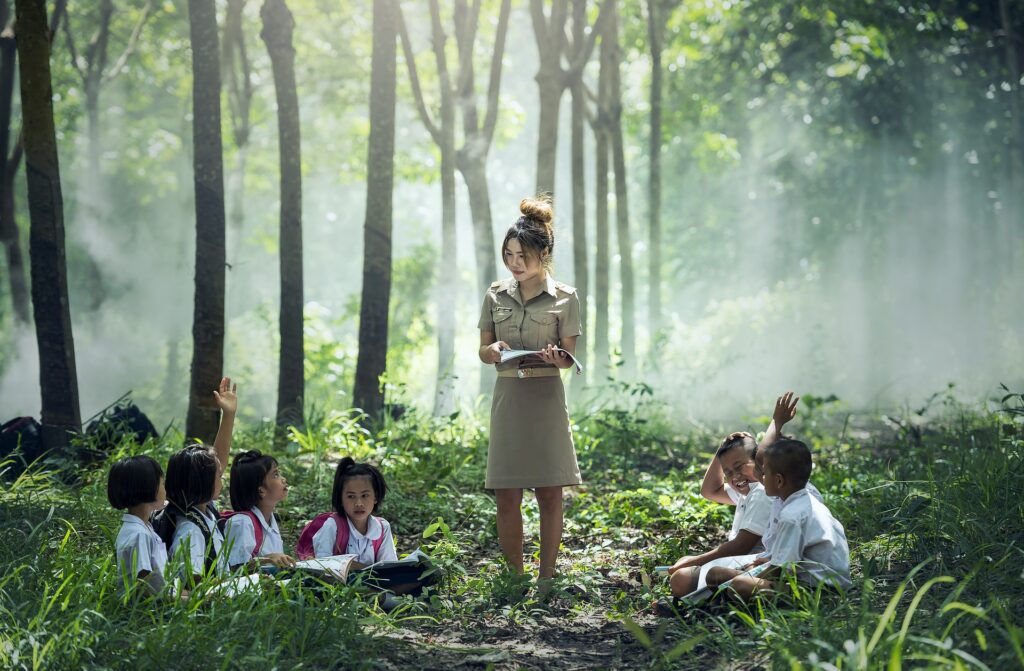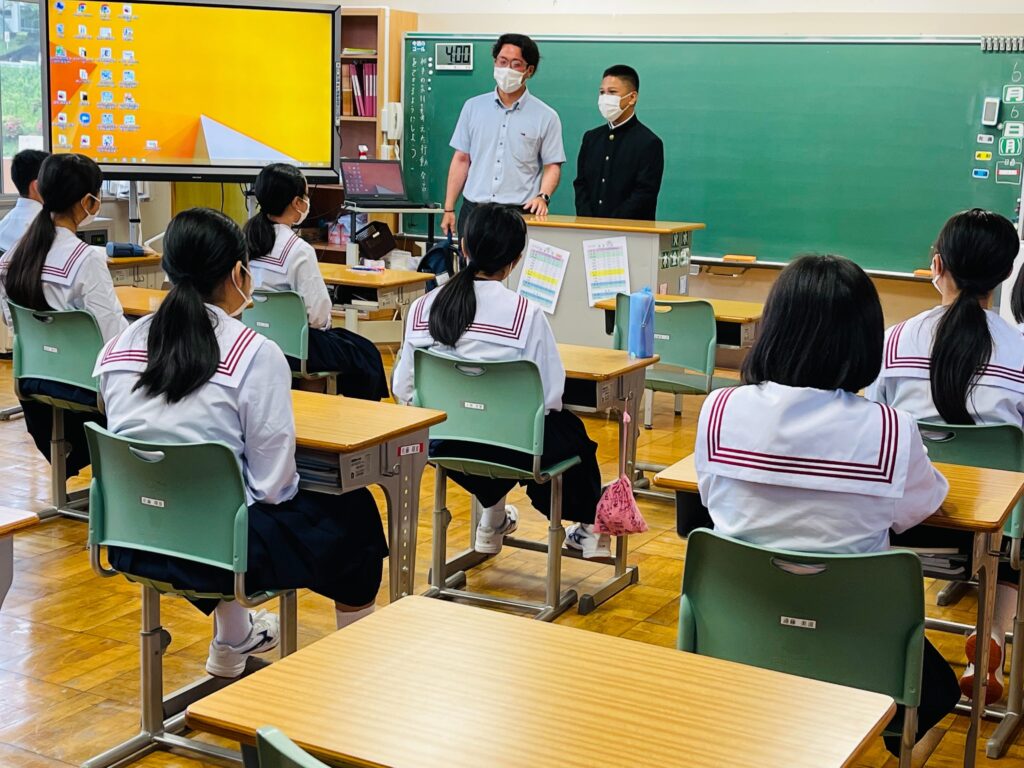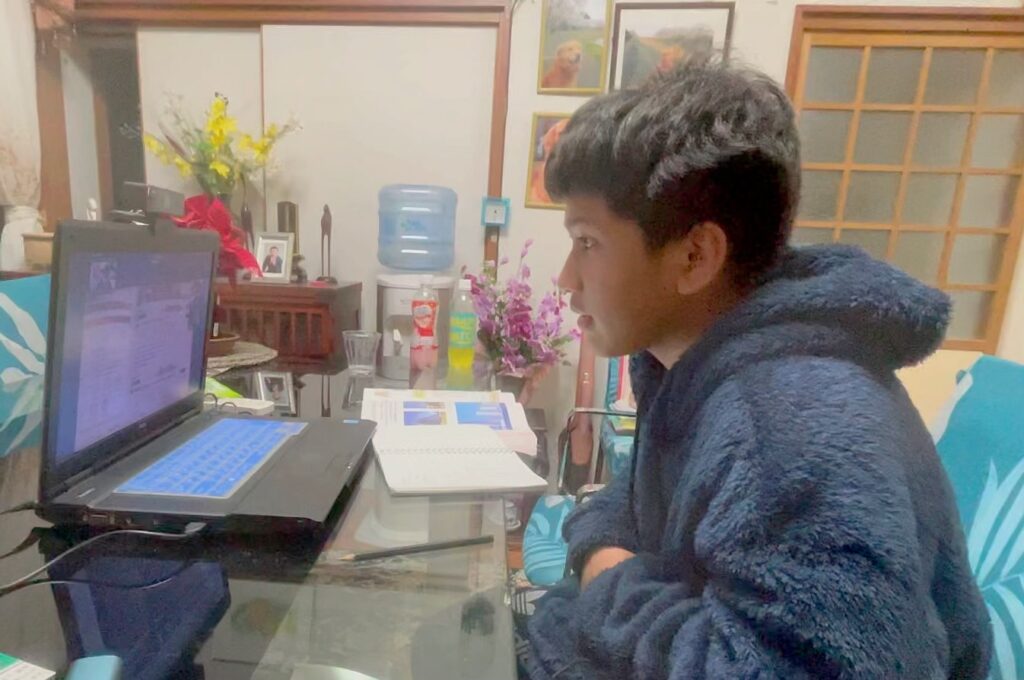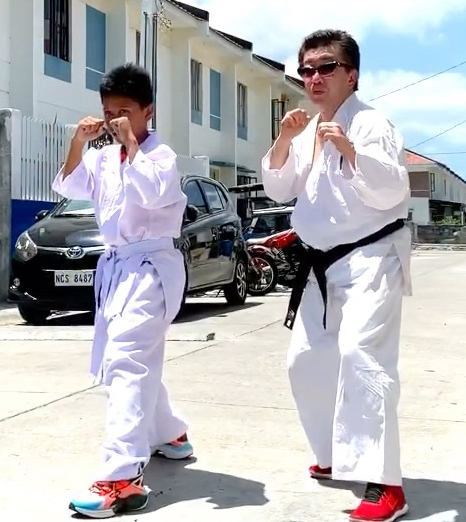
Sasin TipchaiによるPixabayからの画像
Definition of educational inequality
Educational inequality is a term used to describe differences in educational opportunities between different groups of people. This may be based on gender, ethnicity, socioeconomic status, or geography. This time, I will explore the differences in the education of children in Japan and the Philippines.
Japan is known for its highly developed education system and high academic standards. According to the World Bank Group’s 2017 Education Statistics Report, more than 95% of Japanese children attend primary school and nearly 100% attend secondary school.
Although there are cases of unequal access to education due to economic constraints, the gap has been steadily narrowing since 2000 thanks to government initiatives such as making education up to junior high school free of charge and subsidizing textbooks.
Since becoming independent after World War II, the Philippines lags far behind Japan in terms of its educational system. According to UNICEF data for 2015-2016, only about 86% of children in primary school are currently enrolled in public schools.
This number drops significantly at the level of tertiary education, with only about 15% of Filipino youth obtaining a college degree by the age of 25, according to 2019 data from the UNESCO Institute for Statistics.
Moreover, there are large disparities in the quality of resources available between urban and rural areas, which exacerbate the disparity in educational opportunities for students by economic class and geographic location within countries.
Overall, there is still a gap between a country like Japan, which has a well-developed education system, and a country like the Philippines, where many students, even at the primary school level, lack the basic resources necessary for learning. It becomes clear that a large gap exists.
In order to correct the disparity in educational opportunities between Japan and the Philippines, it is necessary to implement policies that give priority to improving access to and quality of education, both domestically and internationally.

↑English website of the Ministry of Education, Culture, Sports, Science and Technology
Overview of the educational system in Japan and the Philippines
While there are many similarities between the education systems of Japan and the Philippines, there are also many differences. In both countries, education is highly valued and taken seriously by families, teachers and governments alike.
However, when it comes to the differences in the education of children in the two countries, it is important to understand the cultural influences that shape each schooling system.
Education in Japan is rooted in a culture of respect for authority figures such as teachers and school administrators. This respect is reflected in the way students approach school, and students are expected to be disciplined and obedient to their teachers. Schooling begins in elementary school and continues through high school or college (some schools have classes for preschoolers).
In Japanese schools, the emphasis is on preparing for university entrance exams, which determine your future career path. Therefore, subjects such as mathematics, science, and foreign languages are given more weight than others, such as art and music.
In addition, through group activities such as sports teams and clubs where cooperation among friends is essential, students will acquire a sense of responsibility.
While the Japanese education system is more structured, with an emphasis on academic achievement over creative expression, the Philippine education system is more flexible in terms of curriculum choice and student development.
Education begins in kindergarten, but can be extended to graduate school, depending on goals. Filipino schools tend to emphasize creativity over academics, with courses such as music appreciation and drama in addition to traditional classes like math and English. In addition, many Filipinos are Christian,
and Catholic doctrine focuses on forming values rather than strictly memorizing facts as in other religions, which is why younger generations It is particularly popular with and sometimes includes religious studies.
Although there are clear differences in the way children in both countries learn, such as academic expectations, creativity, and religious beliefs in school life, both systems provide an excellent standard of education as a whole. It is a priority and prepares young people, no matter what country they are from, for success later in life!

economic factor
The difference in education for children in Japan and the Philippines can have a large economic effect. Education is one of the major factors influencing a country’s economic growth and leads to the acquisition of the skills necessary for the workforce.
As such, understanding the differences in the education systems of two countries can help show how they affect the economies of those countries.
In Japan, academic achievement is emphasized from an early age. Students are required to have excellent grades from elementary school, and after graduating from junior high school, they go on to high school and university, and there is a high degree of competition in aiming to enter a famous university.
The system is credited with helping to create an educated workforce that makes a significant economic contribution.
In the Philippines, on the other hand, when it comes to education, there is a tendency to emphasize practicality over academic achievement. Rather than focusing on studying for entrance exams or going on to university, they are encouraged to become human resources who can contribute to the local economy as skilled workers and entrepreneurs.
Also, compared to Japan, the Philippines has fewer resources for free public education and subsidies for high tuition fees, so access is not necessarily equal in all areas of society.
Such differences in education between Japan and the Philippines can have a significant impact on their respective economies. In the case of Japan, a highly educated population gives it an edge in global competition.
This is because a well-trained workforce can take advantage of new technologies and opportunities faster than countries without such resources.
On the other hand, in the Philippines, where traditional higher education is not emphasized, there are not as many graduates as Japanese universities every year, but this does not mean that they cannot compete economically.
or become an expert in a particular industry, such as technology or finance, and become successful, rather than indirect employment as a graduate employee of a multinational company that is common in the Asia-Pacific region, including the two countries introduced today. , directly benefiting local communities.
After all, it’s clear that the two approaches are different.

Asunaro Tutor → https://www.seisekiup.net/
Cultural practice
Cultural customs vary greatly from country to country, and education is no exception. There is a clear difference in the way children are educated between Japan and the Philippines. This difference is due to many factors, including language, cultural values, and historical events.
In Japan, the education system usually begins at preschool at age 3 or 4. Preschool emphasizes basic social skills such as sharing and taking turns. After that, at the age of 6 or 7, children enter elementary school and learn reading, writing, the basics of arithmetic, history and science.
In junior high school, students learn more advanced subjects such as foreign languages and physical education, and enter high school around the age of 15 or 16. In high school, in addition to rigorous academics, the focus is on preparing for college through extracurricular activities such as sports clubs and music classes.
After graduating from high school at the age of 18 or 19, some students go on to college, while others go straight to work after graduation.
Compared to the Japanese education system, the Philippines has a slightly different approach to youth education. The first level of formal schooling begins in kindergarten, usually for children aged 4 to 5, where they learn basic socialization skills such as attending class and following teacher’s instructions.
In elementary school, which immediately follows kindergarten, students begin to learn traditional subjects such as reading and writing, mathematics and science, Filipino culture such as Filipino history and Filipino art and literature, and to develop motor skills up to fourth grade. There are physical education classes, English and Filipino language classes, which can be taken as electives before entering high school.
This Southeast Asian nation is known for its diverse cultures and societies, with the many islands that make up the archipelago scattered across its territorial waters, each unique in its own way.

Impact on quality of life
The quality of life of children in Japan and the Philippines is greatly affected by differences in education. Both countries strive to provide a high standard of education, but both have distinct characteristics.
In Japan, the idea of emphasizing academic excellence has permeated society as a whole. A strong culture of discipline and respect for elders has been passed down from generation to generation, and this way of thinking permeates all aspects of life, including schooling.
Therefore, Japanese schools place emphasis on acquiring knowledge and skills such as mathematics, science, and languages. In addition, we prioritize teaching values that are essential to success in life, such as hard work, perseverance and a sense of responsibility.
In contrast to Japan’s traditional education system, the Philippines focuses on developing students’ creativity. Creativity is highly valued in developing critical thinking skills to become independent learners who are adaptable to change.
They are also taught basic values such as respecting others, taking responsibility for their own actions, and understanding different cultures around the world. is a necessary element for
The stance of providing quality education to children in both countries varies according to their cultural backgrounds, but no matter what path they take, it is important that they lead a fulfilling life filled with possibilities that lie ahead. In addition, it can be said that both countries have something in common in terms of passing on the necessary values to children even when they grow up.

International cooperation and support
International Cooperation and Support: Exploring the Differences in Children’s Education in Japan and the Philippines
With globalization, it is becoming more and more important for each country to understand the differences in each culture. This includes differences in attitudes toward children’s education.
Therefore, by comparing the educational systems of Japan and the Philippines, we can obtain hints for thinking about how international cooperation and assistance should be.
In Japan, as part of the education system, it is required to study hard from an early age. Students can attend public schools from kindergarten to university.
They also value discipline and teachers emphasize memorization rather than critical thinking. As a result, Japanese students excel in math and science, but tend to struggle with creative problem-solving and out-of-the-box innovative ideas.
On the other hand, Filipino education emphasizes creativity rather than memorization and strict discipline like Japanese schools. Children in the Philippines study for 6 years in elementary school and 4 years in high school (10 years in total).
The curriculum focuses on developing practical skills such as communication and cooperation that can be used later regardless of occupation or career path.
Filipino schools also teach different languages such as English, Tagalog (the national language), Spanish, and Chinese dialects, thereby promoting cultural diversity and allowing Filipinos to travel around the world without language barriers. It allows me to interact with people.
The differences between the two education systems reflect the culture of each country, but at the same time, international cooperation can bridge the gap between the two, allowing students of any country and any language to , indicates the potential to benefit from improved access to educational resources.
For example, Japanese schools are able to adopt more creative problem-solving techniques, and Filipinos are learning mathematics and mathematics from students in Asian countries through an international support program designed specifically for this purpose.
You will be able to learn more advanced subjects such as science. This will create a stronger global workforce capable of meeting today’s toughest challenges, no matter where they come from geographically.



コメント